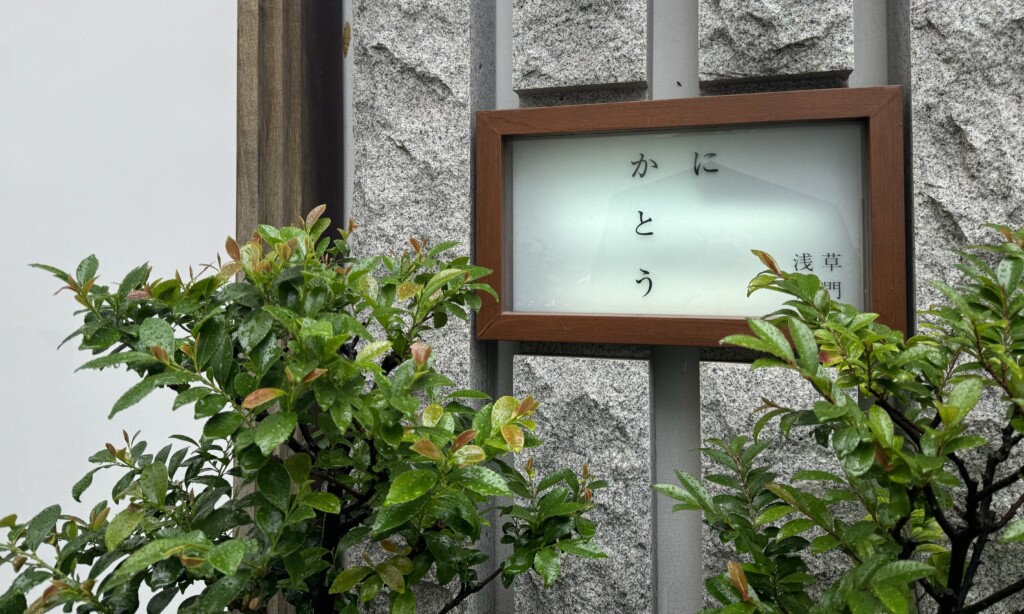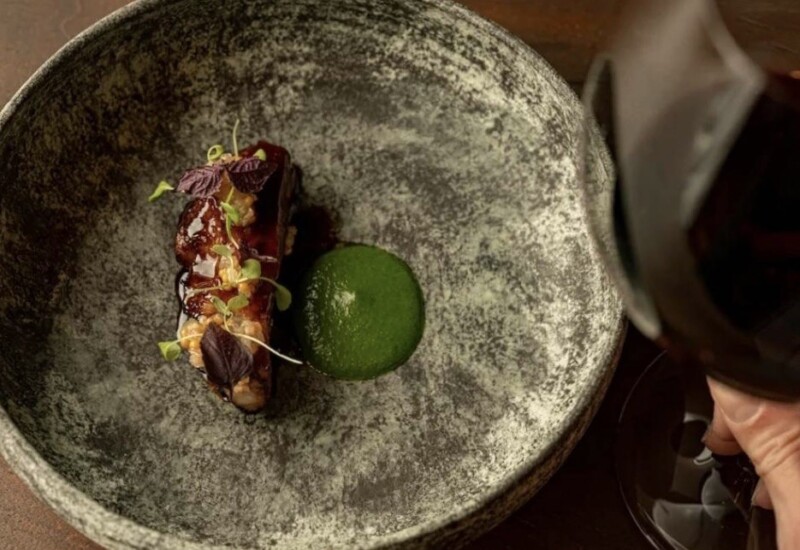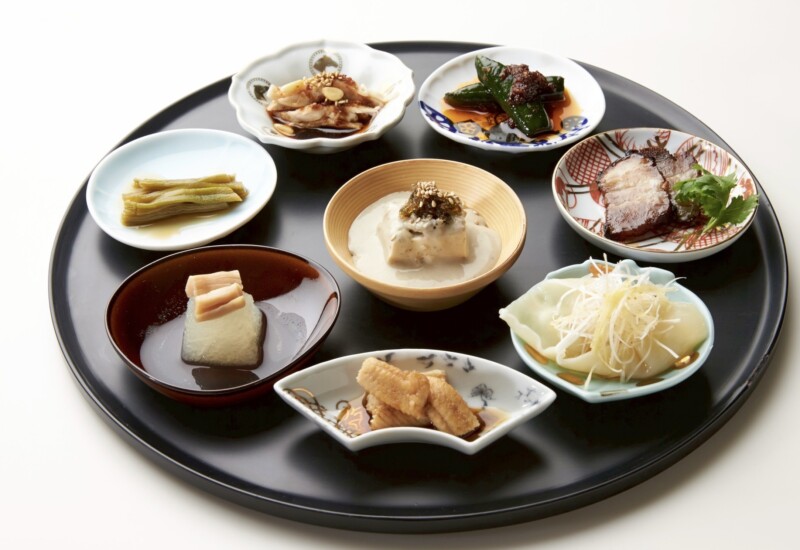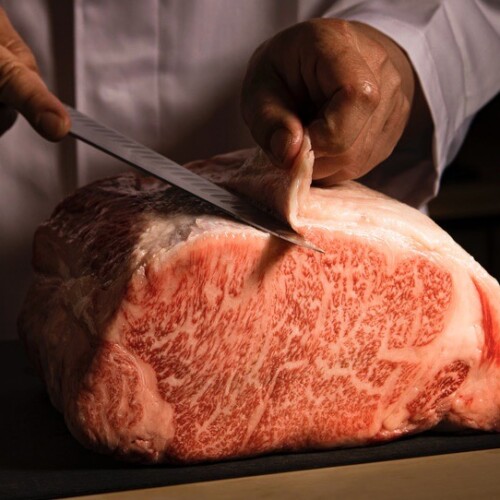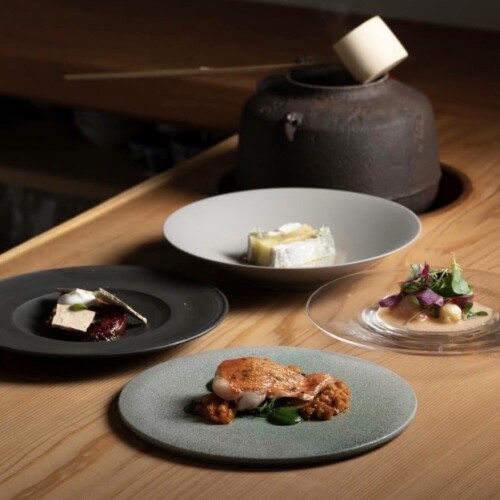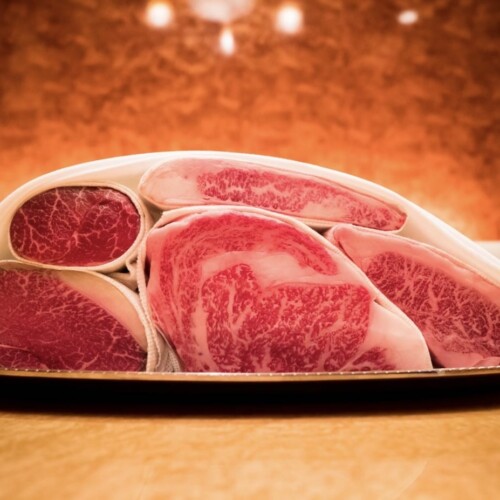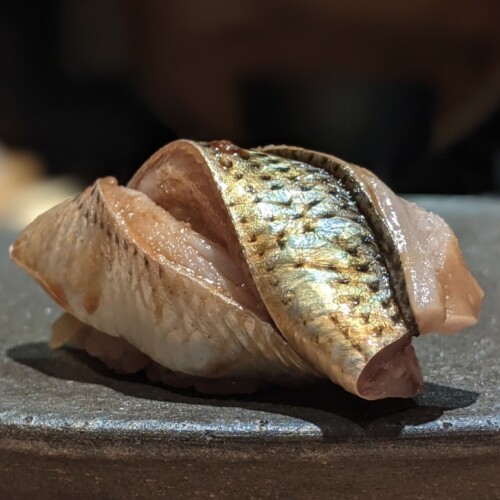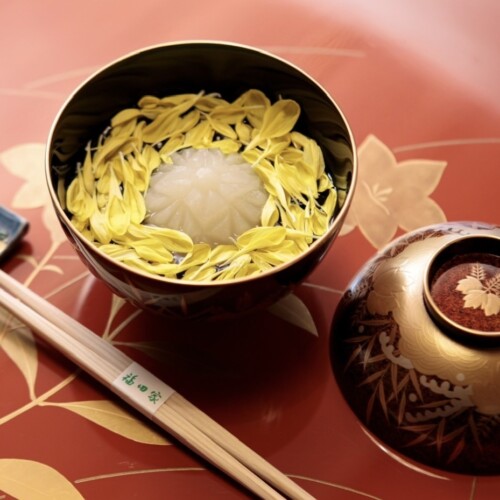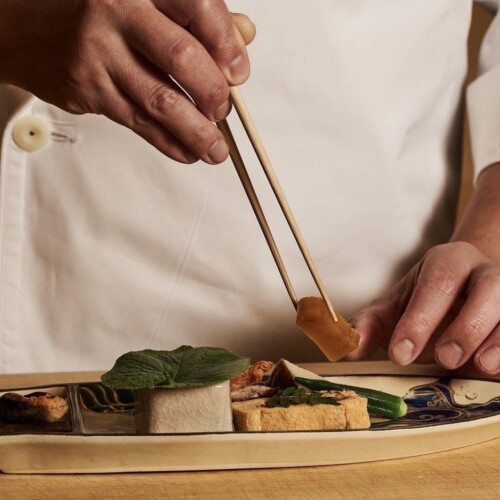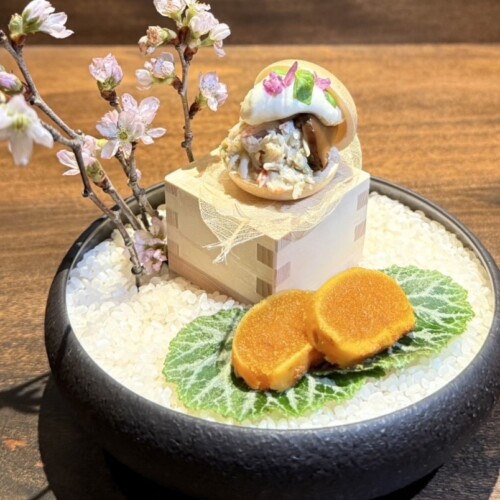かにかとう / kanikato
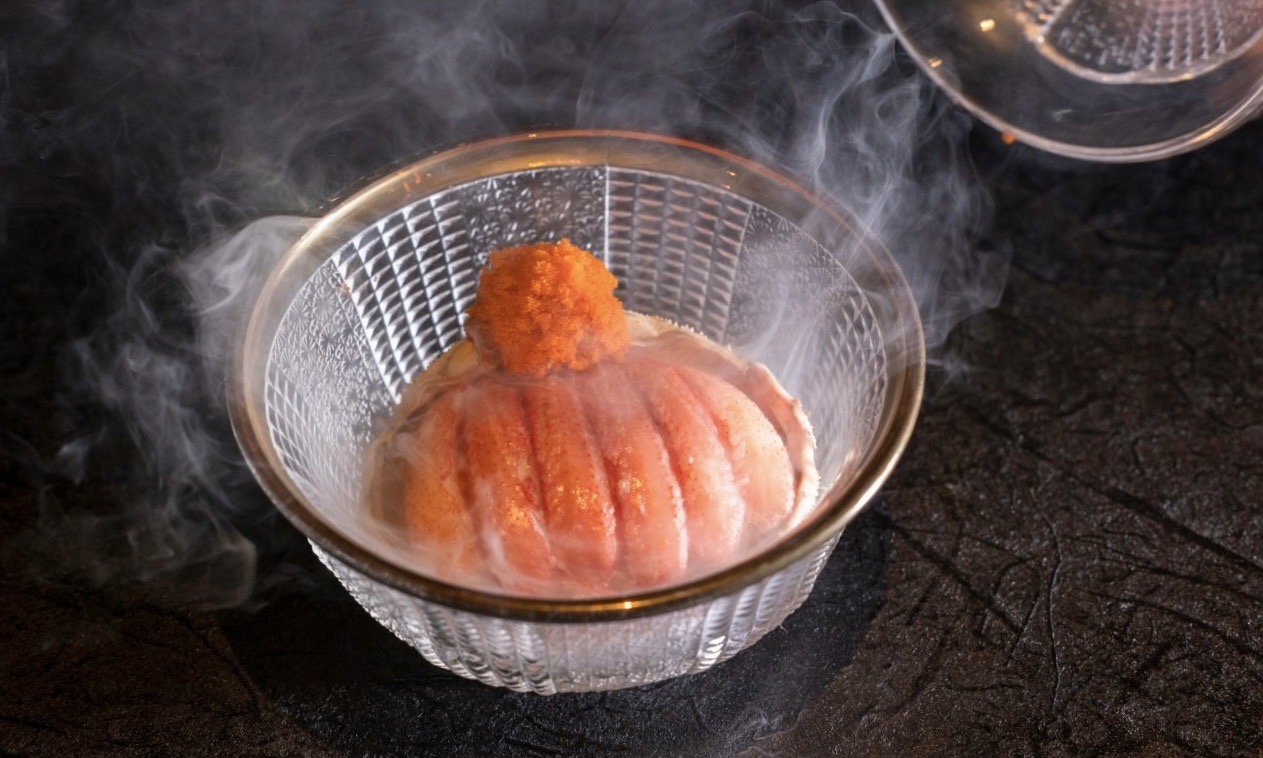
①Please introduce your restaurant.
My name is Motoaki Sugama, and I’m the head chef of Kanikato—though most people call me “Sugar.”
Our restaurant is a reservation-only crab specialty establishment, quietly nestled along the banks of the Sumida River.
While deeply rooted in the traditions of Japanese cuisine, our approach blends classic techniques with seasonal ingredients to create innovative crab dishes available throughout the year.
Our goal is to showcase the incredible versatility of crab, while inviting guests to discover the depth and evolving beauty of Japanese culinary culture.
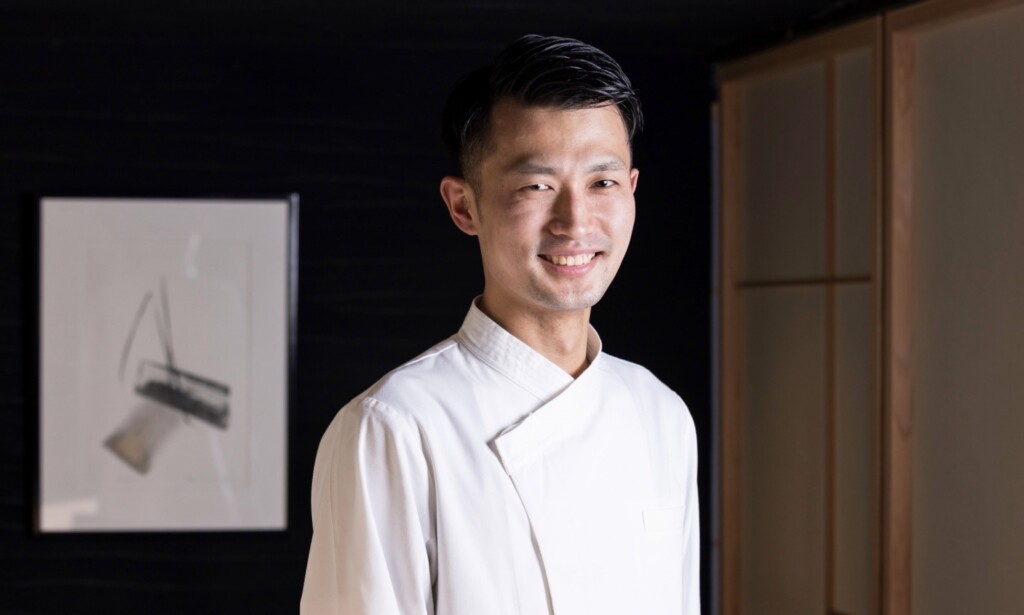
②What values or principles are most important to you as a restaurant?
Guided by the philosophy of “Bringing Washoku to the World,” we are committed to sharing the essence of Japanese food culture through our cuisine.
We welcome every guest with sincerity and a heartfelt smile, aiming to deliver an experience that is uniquely Japanese and genuinely memorable.
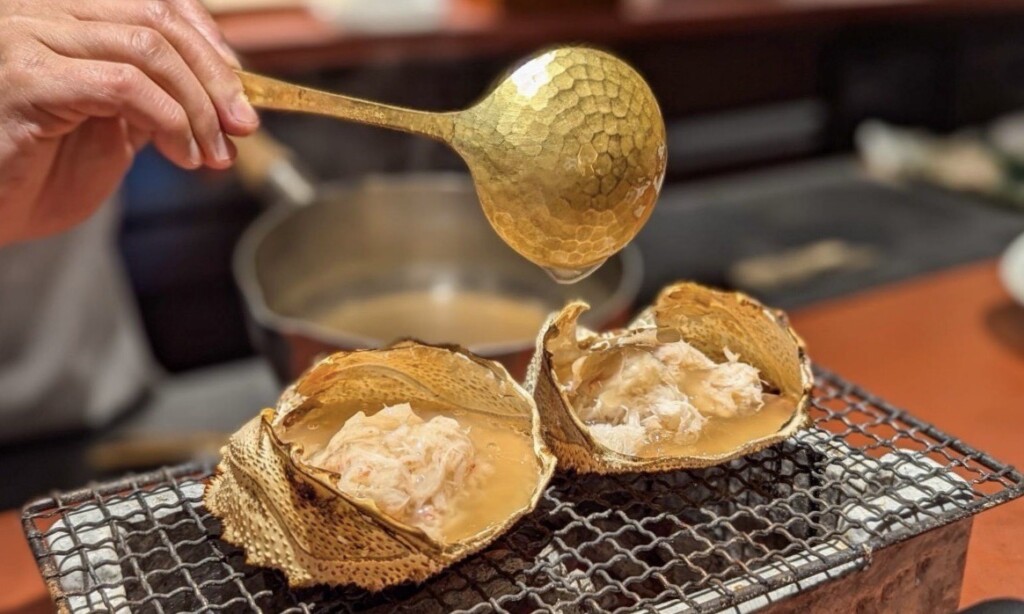
③ How do you select your ingredients, and what do you prioritize when sourcing them?
To ensure we work with the freshest seasonal ingredients, I personally visit Toyosu Market to observe daily trends and handpick selections.
We source multiple varieties of crab directly from trusted suppliers in regions like Hokkaido and Fukui, carefully inspecting their condition before they are used in our kitchen.
Above all, we prioritize seasonality and quality—fundamentals that shape every dish we serve.
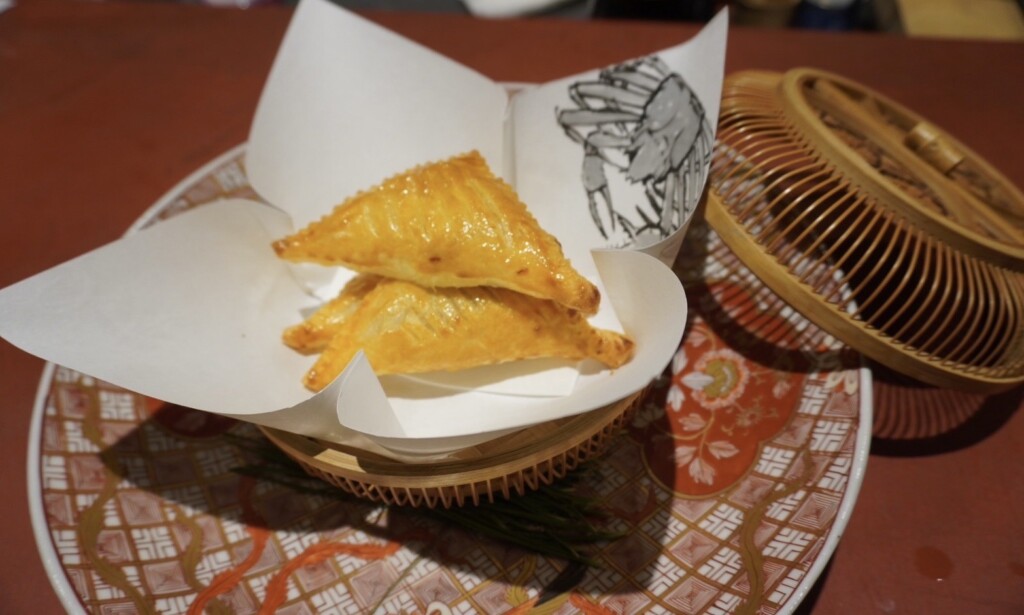
④ What makes your restaurant unique compared to others?
While crab is the star of the show, our strength lies in pairing it with premium seasonal ingredients to create dishes that transcend conventional crab cuisine.
Rather than simply serving crab, we strive to reimagine it—highlighting its natural flavors and presenting it in new and compelling ways that reflect the changing seasons.
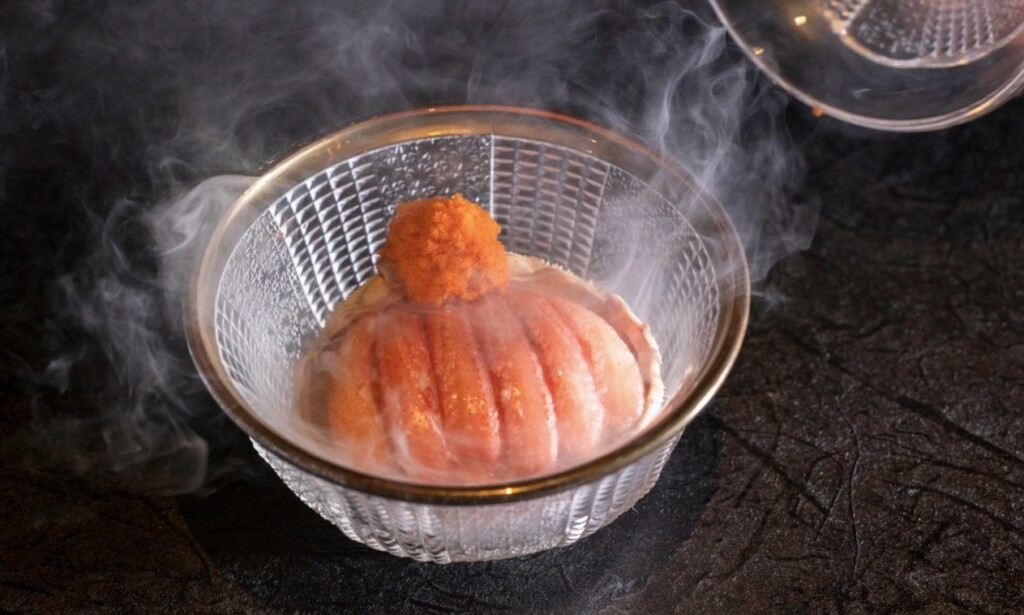
⑤Do you have any particular approach or philosophy when it comes to plating and presentation?
We stay true to the fundamentals of Japanese presentation, emphasizing seasonality, simplicity, and functionality.
Rather than over-decorating, we keep the plate intentional—placing only edible elements and ensuring that every component serves a purpose.
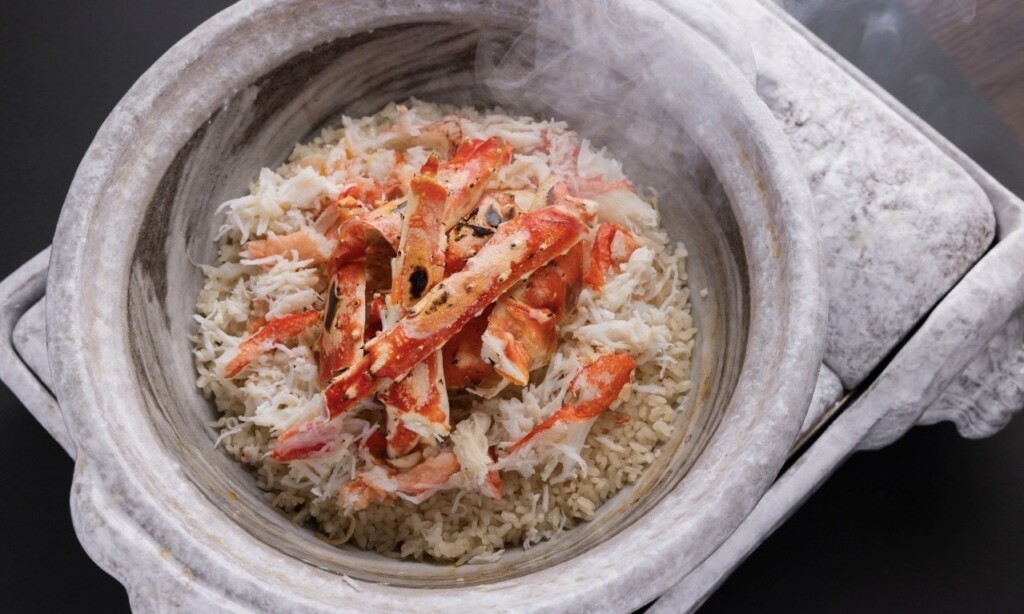
⑥ How do you curate your selection of alcoholic beverages?
Each sake on our menu is personally selected through careful tasting and ongoing conversations with brewers, with a focus on complementing our cuisine.
Our wine list is curated by a trusted sommelier and features classic selections that beautifully enhance the delicate flavors of our crab dishes.
We offer a wide range of sake, from premium labels to seasonal varieties, including bottles from renowned producers with whom we have strong relationships—such as Minaki and Aramasa.
We invite you to enjoy a rich and diverse sake experience during your visit.

⑦ Can you tell us about your attention to interior design, tableware, and the overall dining atmosphere?
Our space is a reflection of the vision of our owner, who is a licensed architect. Stepping through the entrance is like crossing into a serene, otherworldly realm.
The walls, hand-finished in traditional plaster by skilled artisans, are adorned with washi paper art and contemporary pieces—creating an atmosphere worthy of being called a “culinary sanctuary.”
For our tableware, we intentionally use plain white Arita porcelain—unusual for a Japanese restaurant—to give our chefs the freedom to express each dish without distraction.
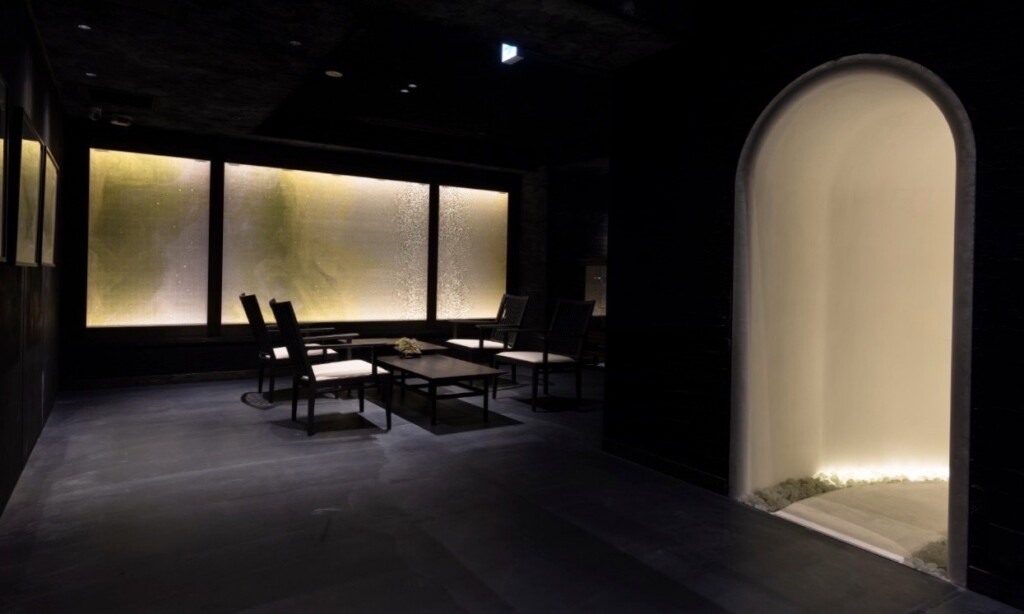
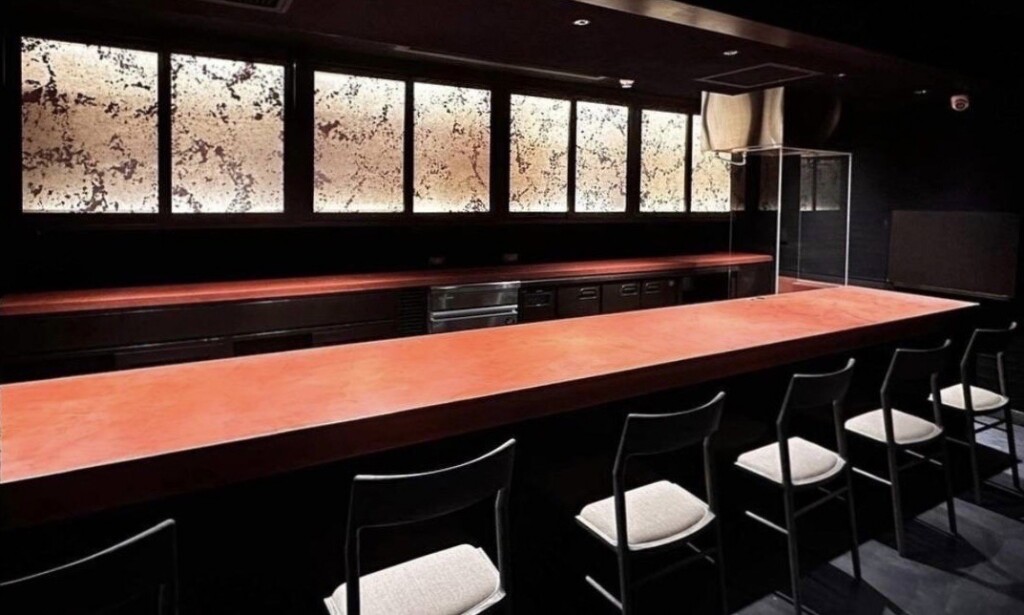
We also feature ceramics such as Shigaraki-yaki from Shiga and works by Ippeitou Nakagawa, the ninth-generation master of Kumoi kiln, which we use for clay pot rice and charcoal-grilled dishes.
Every detail, from tableware to interior design, is crafted to create a refined and cohesive dining environment.
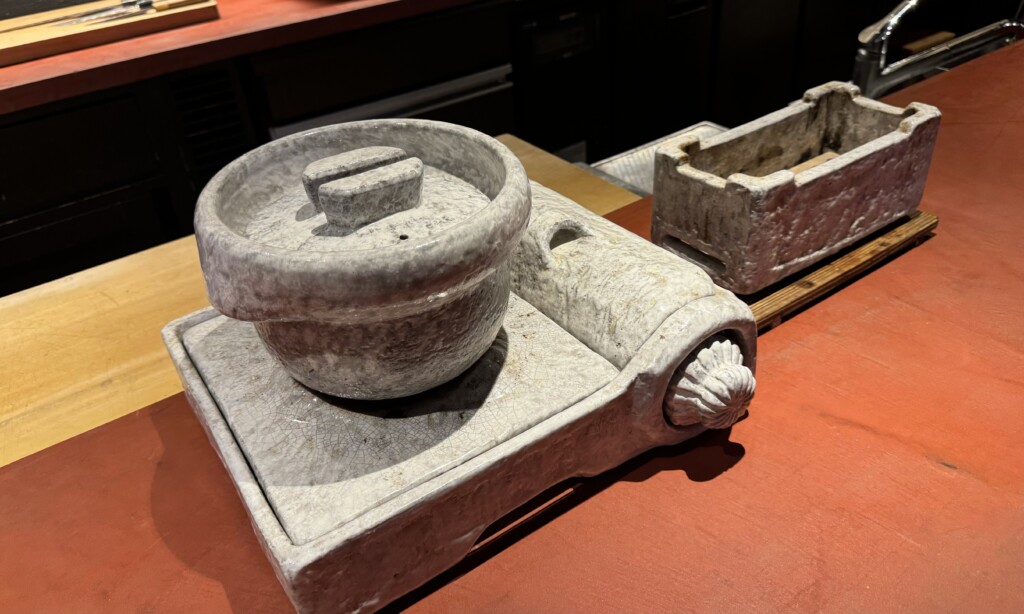
Our sake is served in a variety of vessels, one of which is a standout: a zodiac-themed tin cup crafted by Nousaku, a master artisan from Toyama.
Tin is believed to purify water, resulting in a smoother, more elegant sake experience—something we highly recommend trying.
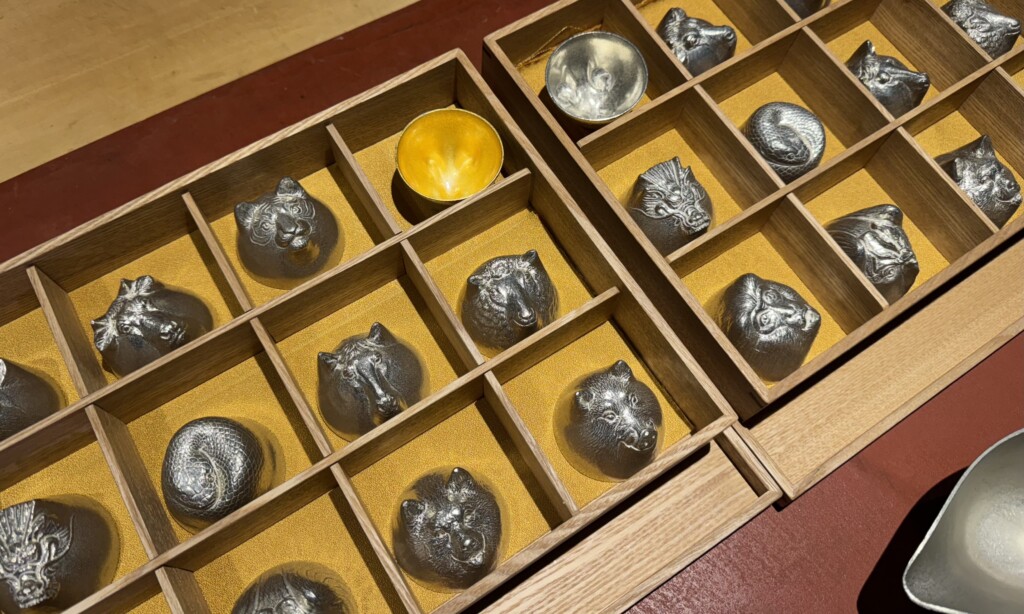
⑧ What inspired you to become a chef?
I’ve been surrounded by cooking since childhood. My family once ran a restaurant, and I naturally grew up admiring the culinary world.
Some of my fondest memories are of making udon from scratch or preparing breakfast and seeing my family’s happy faces around the table.
After attending culinary school for a year, I moved to Tokyo and entered the professional kitchen at the age of 19.
⑨ What kind of guests would you like to welcome?
We value guests who share mutual respect and appreciate thoughtful communication.
It would be our honor to welcome those who understand the heart behind our service and take joy in the culinary experience we offer at Kanikato.
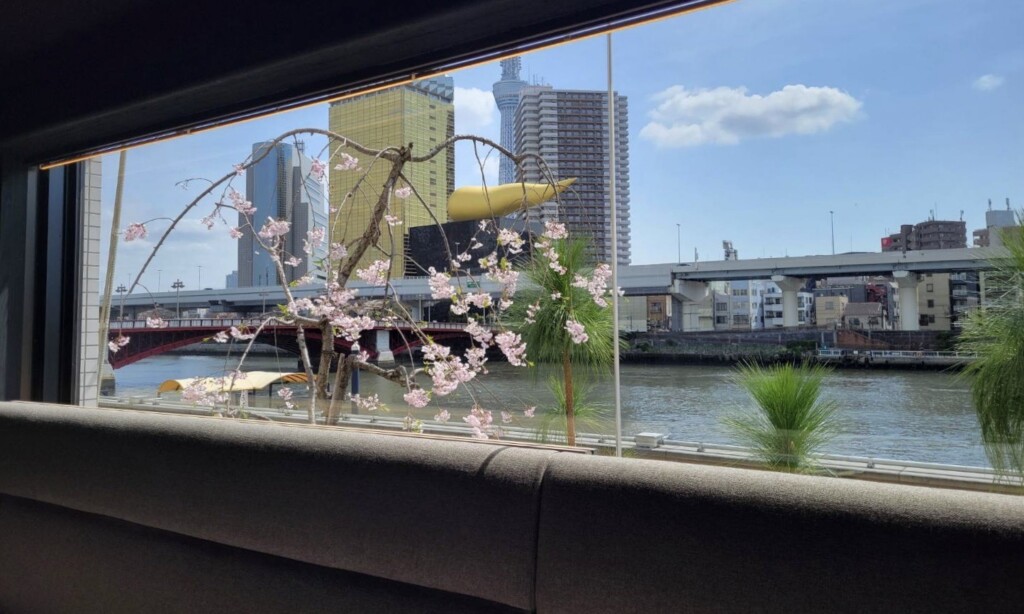
⑩ Are there any rules or things that are not allowed in your restaurant?
To maintain a comfortable and elegant environment for everyone, we kindly ask that guests observe basic manners.
Please refrain from using strong perfumes or speaking loudly, as this may disrupt the experience for others.
We thank you for your cooperation in helping us create a serene and respectful dining space.
⑪Do you have a message you'd like to share with your guests?
We put our heart into creating an experience that goes far beyond what photos or words can convey.
It would be a true pleasure to welcome you to Kanikatou, where we hope you’ll discover something unforgettable.
